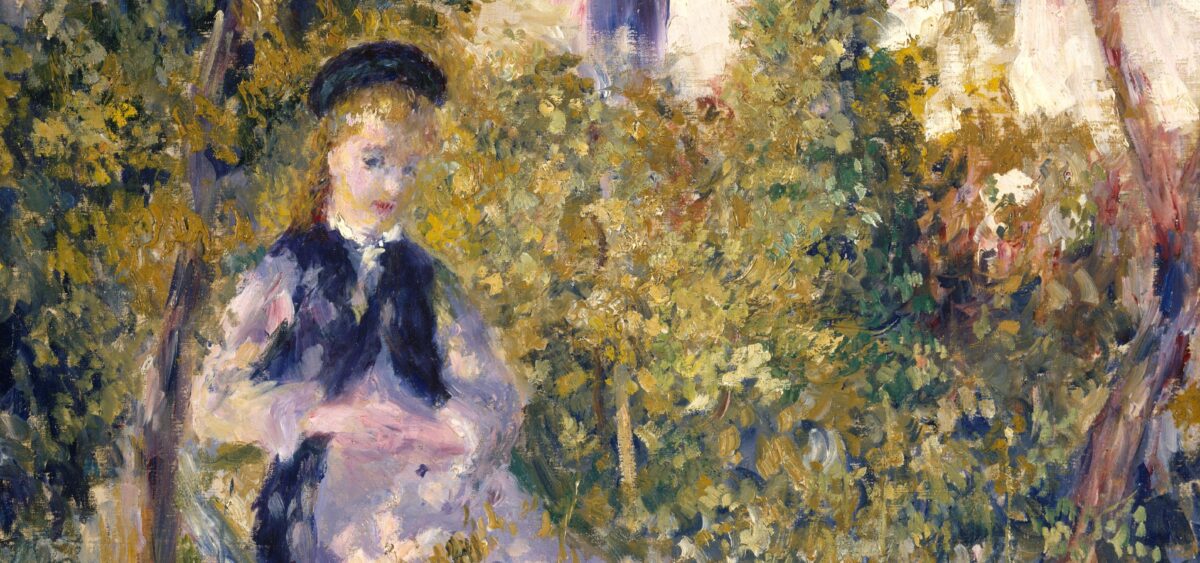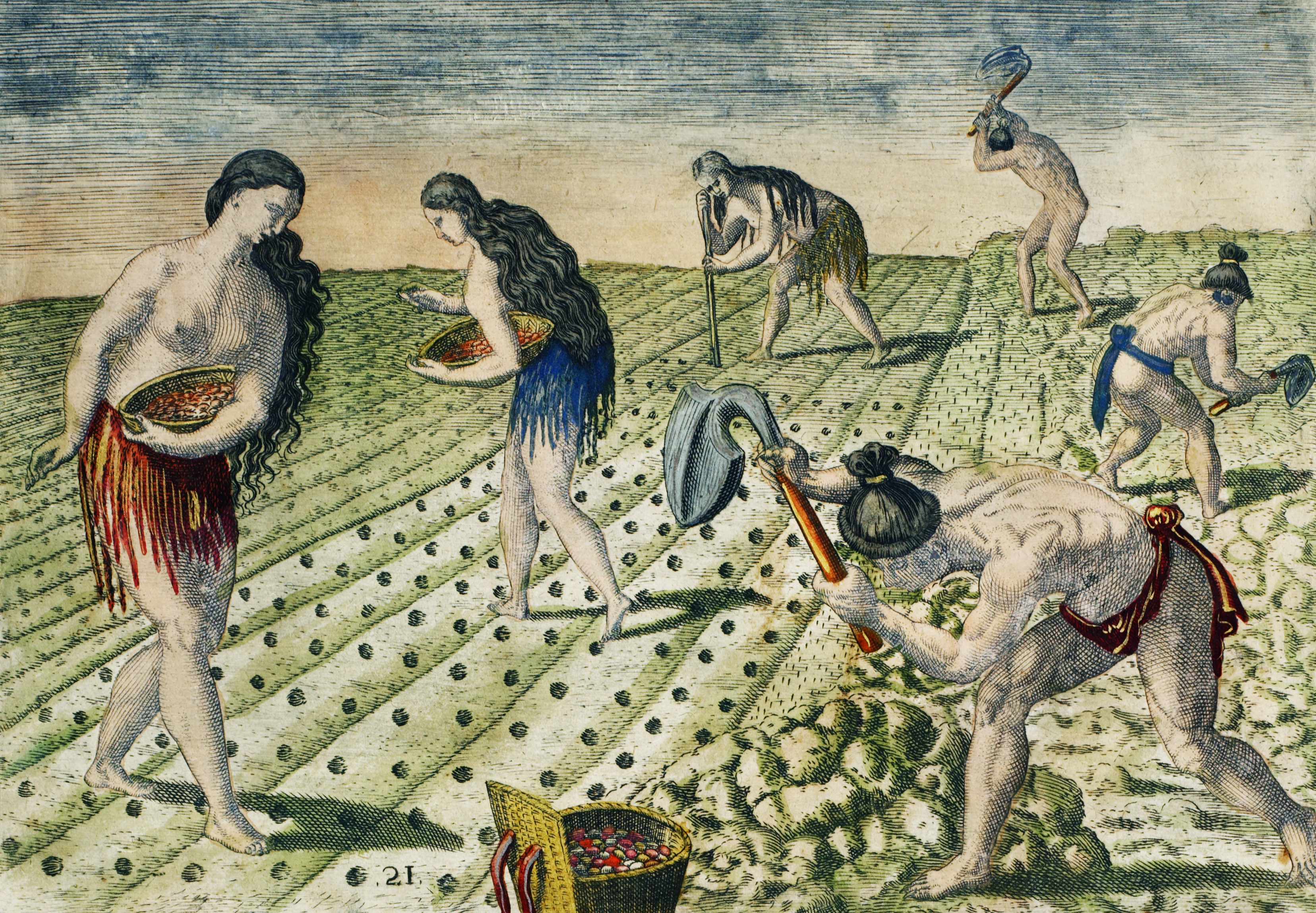
Vigilant and caring observers of nature tend to attribute human traits to flowers quite often. However, anthropomorphizing nature can be a controversial topic. Instead of wondering whether flowers are intelligent beings, I suggest we simply learn from them.
We shall see that the flower sets man a prodigious example of insubmission, courage, perseverance and ingenuity. If we had applied to the removal of various necessities that crush us, such as pain, old age and death, one half of the energy displayed by any little flower in our gardens, we may well believe that our lot would be very different from what it is.
Maurice Maeterlinck, 1907
Over the last 170 million years, flowers have developed mechanisms with levels of complexity that would surprise most engineers. The way plants adapt to the environment is an indication of great intelligence – it may be hard to notice in the case of a single flower, but it immediately becomes obvious when we start tracking the way species have improved from generation to generation.
Maurice Maeterlinck, fervent botanist and winner of the Nobel Prize in Literature, claimed that flowers are both wise and cunning. They sometimes revert to tricks and ruses, they make mistakes, they suffer from disappointments and disillusionment. Furthermore, he asserted that the animal and plant kingdoms are separated by a “mysterious and probably imaginary ridge”, and so, if man believes he is the higher being, it is only because of vanity.
Latecomers we are…
It is possible we have more in common with flowers than might appear at first sight, and the worries that haunt us affect plants as well. Their species is ruled by merciless laws, of which the cruelest one seems to be the necessity to stay rooted in one place from birth till death. Escaping that fatalism has been the sole aim of all the activities engineered by the intelligence of flowers in the process of evolution. These include a whole range of solutions: exploding seed pods, propellers, parachutes, little wings, spring structures and squirting bombs. All these strategies of overcoming spatial limitations took millions of years to evolve.
Maeterlinck deftly subverts the argument about the supremacy of the human race. “In a world which we believe unconscious and destitute of intelligence, we begin by imagining that the least of our ideas creates new combinations and relations. When we come to look into things more closely, it appears infinitely probable that it is impossible for us to create anything whatsoever. We are the last comers on this earth, we simply find what has always existed and, like astonished children, we travel again the road which life had travelled before us.”
Are we even capable of creating something new? Architectural designs, musical patterns, the rules of harmony, the golden ratio, countless technological solutions – these are all drawn from nature. In the period of history when we were still running around with maces and the highest achievement of human thought was the battering ram or the catapult, sage had already mastered the automatic lever, working it perfectly through the use of counterweight. For hundreds of years we had no idea about the qualities of the spiral screw, even though the maple tree and the willow had been using this very mechanism from the moment trees appeared on Earth. Lousewort, by contrast, developed a system of pods that cover one another in such a tight-knit manner they resemble a spring mechanism, which works like a downward spiral. And so on, and so on. The world of flowers, if you observe it carefully, is an unending source of inspiration in all fields of life.
Maximum resolution
The leisurely rhythm of Maeterlinck’s narration encourages us to slow down. Understanding the world of nature, noticing the subtle processes and mechanisms, is impossible without the right amount of attention. Let us concentrate and patiently examine our surroundings – in detail, in maximum resolution.
Before the pandemic, working from home was the dream, and spending more time at home seemed to be the perfect opportunity to finally slow down, finally have more time for our families, finally take care of ourselves. In the first months of lockdown, many industrial regions of the world noticed a significant improvement in the quality of air. A win-win situation, both for the planet and for us.
However, it quickly became obvious that the unstructured days dissolved and went by unnoticed. Working became nearly impossible, and we barely left the virtual worlds of our computers, since we had shifted all of our activities online. We caught up with various TV series, we participated in more and more webinars or followed the media to keep up the appearances of staying in contact with our close ones. After the first months of the pandemic, anti-depressant sales soared by one fifth. If we stay in the throes of our routines, we won’t even notice when the delicate roots that tie us to reality start dying off. What if we delved deeper into the soft matter of everyday life, instead of moving horizontally and mindlessly consuming more and more on the way?
A child’s curiosity and Uppsala in the garden
Now, after a full year in isolation, we can finally enjoy the spring sun. It’s a good time to engage in mindful contact with nature. How? It’s simple.
Practising mindfulness is often seen as a natural antidepressant. By including it in our spring walks, we reap dual benefits: we perfect the practice while soaking in the wellbeing that comes alongside experiencing nature. Let’s try to walk slower for once, or to look around more carefully. Let’s breathe in deeply to match the rhythm of our steps. Let’s feel the multidimensionality and sensuality of the nature that surrounds us. Let’s take a closer look at a flower and spend 15 minutes examining it. Let’s follow Maeterlinck’s advice and stick a match into a flower. What will happen? Every one of us has the ability to observe – and used to exercise it tirelessly when we were kids.
Horticultural therapy, which relies on gardening and other plant-related activities, forces us to activate all of our senses, most of which have been dormant for a long time. A wholesome sensual experience is crucial for the correct functioning of our brain, and this does not only include the overuse of our sight and hearing. The smell of wet earth and the cool touch of early grass under our feet is a solid dose of new attractions for our neurons. Escaping the whirlwind of activities that are only superficially satisfying, but do not feed the deeper regions of our soul, is a key factor – if we want to recover inner balance.
What if we tried building our own flower clock? It’s a master-level skill for mindful nature observers. The first flower clock was built in the 18th century by Carl Linnaeus in the botanical garden of Uppsala. The design of the Swedish scientist enabled the measurement of time due to the opening and closing of various flowers at particular times of the day (with a five-minute margin of error!). Furthermore, the clock could function as a weather forecast, and the opening flowers were planted in such a way that they did not have to compete with each other to attract pollinators. How careful and attentive Linnaeus’s observations must have been if he constructed such a complex mechanism!
From frail reed to strong oak
Once we become mindful, nature helps us establish a deeper, inner connection with ourselves. Making tea, cooking soup or looking into the eyes of our loved ones can all become small rituals – and good ways to heighten our sensitivity. When our mind does not have to focus on absorbing new stimuli, a thin rupture appears in our everyday life that allows us to experience the world in a new, deeper way.
It may turn out that truly meeting ourselves for the first time isn’t very pleasant after all. Don’t be surprised when the first thing you feel is nothing but fatigue, discouragement or even anger. That’s when you should take a step back and subject yourself to scientific observation. In the language of meditation, this practice is called the Witness Attitude. It basically helps us notice our own emotions and detach ourselves from them.
Is the goal not to feel anything at all? Absolutely not! Mindfulness is about feeling and creating your own space for the things you didn’t feel before. Also, telling yourself: “I am not my feelings, I am not my thoughts.” You will be rewarded with a better understanding of how you perceive the world around you and, consequently, you will be able to control your emotions in a more proficient way. Practicing mindfulness can be your personal vaccine to the pandemic, a secret weapon for harder times. We all start off as frail reeds, but we can become strong oak trees with deep roots sooner than we think.
Kiss the ground
Unexpectedly, we have had to face challenging conditions on a global scale. Sometimes, we’d just like to close our door and forget about the pandemic, or naively believe that climate change won’t affect us personally. After a wave of dire warnings about the upcoming ecological catastrophe, we have finally started considering the fact that humans can improve their situation and save the blue planet. But not on their own.
Kiss the Ground, a documentary released last year, unearths various secrets of the soil and the enormous potential it has to counter the effect of climate change. The solutions presented in the film rely on a wise collaboration between humankind and flower. They may seem simplistic to the average viewer, but they certainly are efficient.
Maeterlinck would have enjoyed this film. Changing the perspective from anthropocentric to eco-centric can be reassuring. We don’t have to come up with all of the answers at once. We doom ourselves to great guilt and great responsibility if we believe that saving the Earth depends solely on our intelligence and our actions. An example? Oxygen trees that will soon overtake thujas in the race for primacy in Polish gardens. These trees have been genetically modified by scientists so as to grow very quickly and absorb a maximum of carbon dioxide, which means they clean the air efficiently. But let’s remember that these trees are grown in laboratories, which favour seed monopolies, and since they belong to an invasive species, they harm the local ecosystem and cause species depletion, while drawing water and priceless minerals from the soil. Instead of solving problems with violence, it may sometimes be better not to interfere at all and question our blind belief in human excellence.
Instead of wondering whether we can call flowers intelligent, let’s look to the intelligence of nature, a higher form “whence emanate all the intelligent acts performed upon this earth.” It is the Genius of Earth, which is the Genius of the World itself. According to Maeterlinck, in the fight for survival the world behaves the same way that humans do. It uses the same methods and logic. It uses similar means to achieve its goals, it hesitates, makes mistakes, corrects them and then eliminates the consequences.
Nature is full of solutions we have never dreamed of; it can do perfectly well without us. Humans are part of the life cycle that can bear a multitude of solutions, provided we practice mindful observation. “Does it not mean that the methods of the human mind are the only possible methods, that man has not erred, that he is neither an exception nor a monster, but the being through whom pass, in whom are most intensely manifested the great volitions, the great desires of the universe?” It is a creative force we may always lean on, a force that inspires us, humans, to more and more acts of insubordination, courage, and resourcefulness. Let’s trust this force and use it to engage in a meaningful relationship with our own minds and bodies, our close ones, and the nature that surrounds us. Change begins with discovering and tending to the most beautiful qualities in ourselves.

All quotes come from Maurice Maeterlinck, The Intelligence of the Flowers. Translated by Alexander Teixeira de Mattos. New York: Dodd, Mead 1907.
Translated from the Polish by Joanna Piechura









